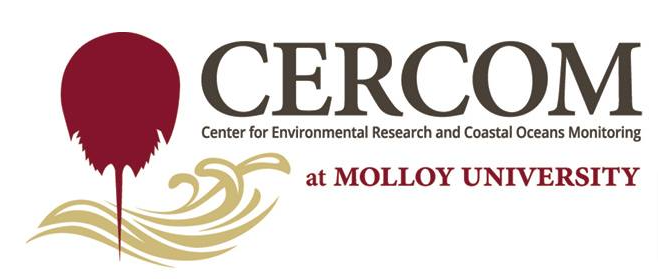Document Type
Peer-Reviewed Article
Publication Date
7-1997
Journal Title or Book Title
Journal of Experimental Marine Biology and Ecology
Volume
214
Version
Post-Print
Publisher's Statement
© 1997. This manuscript version is made available under the CC-BY-NC-ND 4.0 license. The published version can be found at http://www.sciencedirect.com/science/article/pii/S0022098196027645
DOI
10.1016/S0022-0981(96)02764-5
Abstract
An earlier study showed that the amphipod crustacean Melita nitida Smith maintained on sediments dosed with waste crankcase oil developed physiological and morphological abnormalities. Most notably, mature females developed abnormal setae along the edges of their brood plates. The present study was conducted to determine whether similar abnormalities might be induced in animals maintained on polluted field sediments containing petroleum by-products among other toxic substances. In the laboratory, heterosexual pairs were maintained on three sediments taken from Jamaica Bay (New York) plus one control sediment and one toxic substratum (Ulva lactuca (L.) thalli). The results mirrored the results of the previous study. Under controlled conditions brood production was reduced on polluted sediments by as much as 57% and a greater proportion of females maintained on polluted sediments developed abnormal brood plate setae. In contrast, while brood production was lower in females exposed to U. lactuca than on the control sediment, there was no significant difference between the two groups in the number of females that developed abnormal brood plates.
Related Pillar(s)
Study
Recommended Citation
Tanacredi, John T. Ph.D.; Borowsky, B.; and Aitken-Ander, P., "Changes in reproductive morphology and physiology observed in the amphipod crustacean, Melita nitida Smith, maintained in the laboratory on polluted estuarine sediments" (1997). Faculty Works: CERCOM (1977-2016). 9.
https://digitalcommons.molloy.edu/cercom_fac/9
Included in
Aquaculture and Fisheries Commons, Biodiversity Commons, Biology Commons, Environmental Chemistry Commons, Environmental Health and Protection Commons, Environmental Indicators and Impact Assessment Commons, Environmental Monitoring Commons, Marine Biology Commons, Sustainability Commons, Terrestrial and Aquatic Ecology Commons




